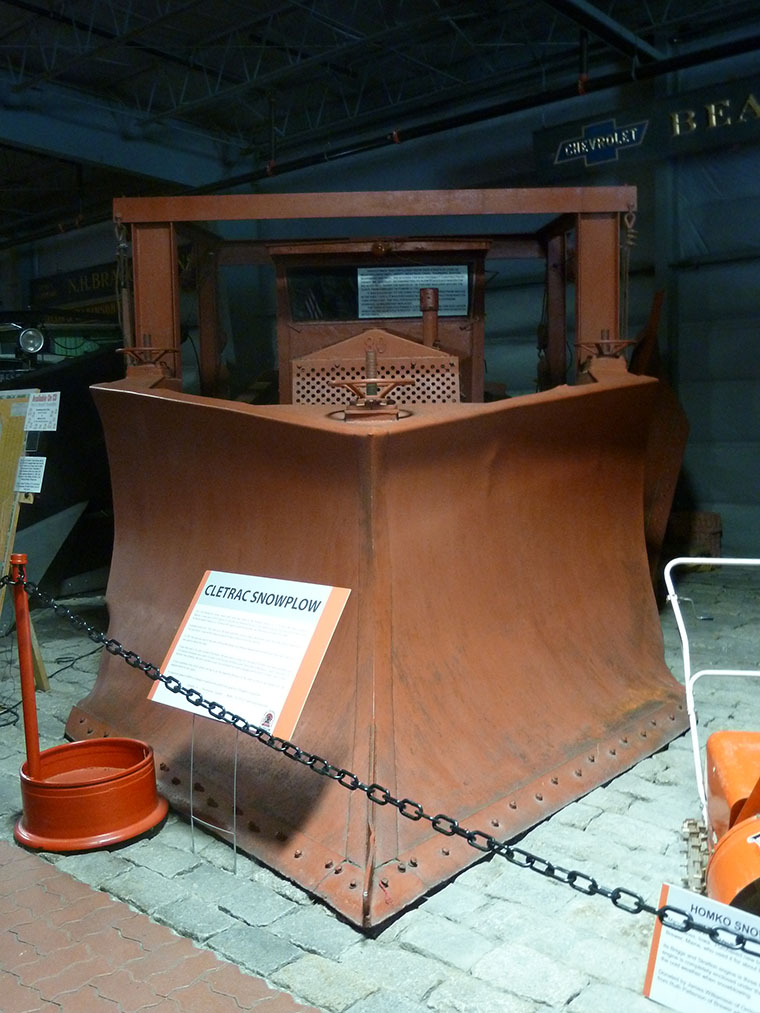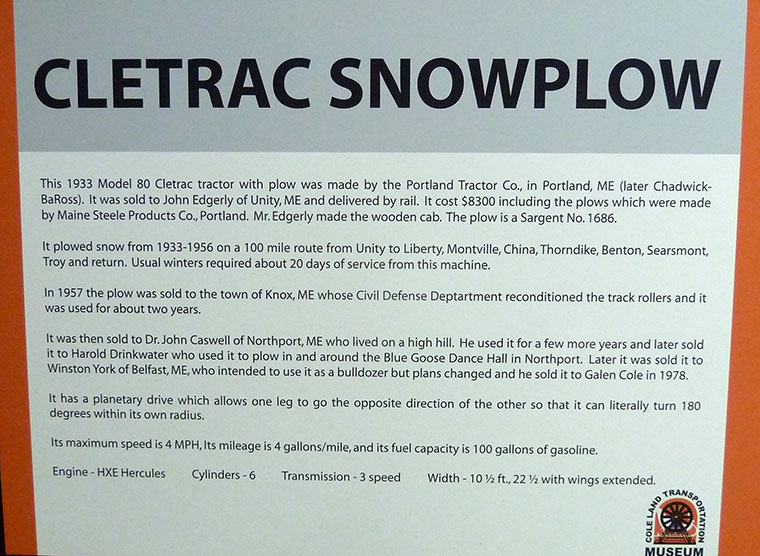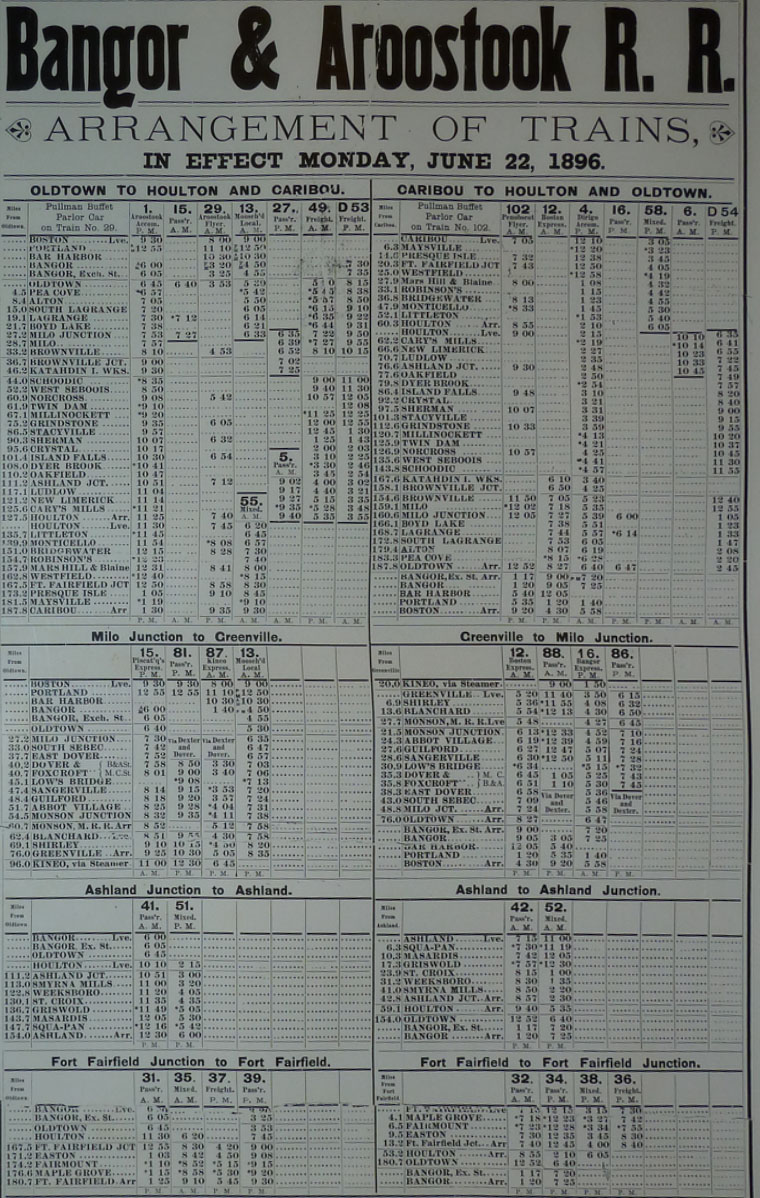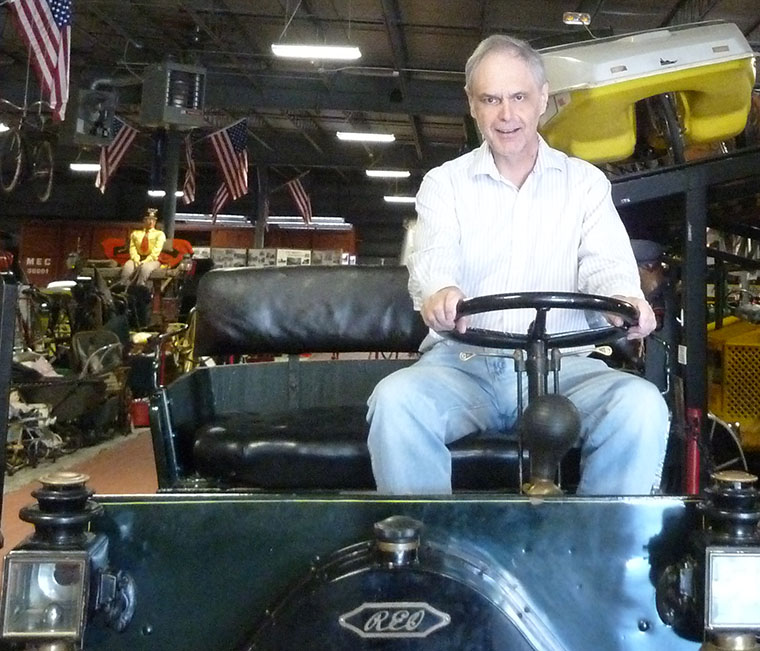When I considered the possible routes to get to the Canadian border I looked at my paper maps to see if any routes were designated as scenic. Interstate 95 running directly north from Bangor to the border is “scenic” for a significant portion of the distance but it barely stays within 50 miles of the coast and did not seem to match the spirit of my endeavor. I, therefore, decided on taking a longer route. East on route 9 to get to the border and then north on route 1 which shadows the border between Maine and New Brunswick. I then crossed just into Canada to spend the night in Woodstock, on the Trans Canada Highway, in preparation for tomorrow.
The drive felt really good as both roads navigated hills and curves, there was little traffic and just a few miles with low speed limits. Apart from the scenery, it almost felt like driving out west. If I were to repeat the drive in about three weeks I’m sure it would be spectacular as I could already see some variation in color on the trees and there were seemingly endless swaths of forest along much of the journey.
Even the long route took only about four hours so, before leaving Bangor, I visited a fascinating museum called the Cole Land Transportation Museum. This had all sorts of interesting exhibits, all of which were used in Maine some time in the last 150 years. The museum is fully staffed by volunteers who were able to add personal color to many of the items When traveling I try to visit museums about the locality and, in particular, this museum helped me understand living in a cold climate and dealing with 25 feet of snow in one season.
As always, the post makes more sense if you view the map of today’s route and, maybe, watch the video, both of which are here. While checking the page I discovered a bug in Google Maps whereby, although the green flag displays on top of the yellow route, the mouse click is applied to the position on the route, not the flag’s location. This has been documented by others who have reported it to Google but, until it is fixed, you will need to click on the very tip of the green pin for the timing to be correct in the video.
Here are a few photos from the museum:
This snow plow was massive and its story is below it’s photo. Yes, it does say four gallons of fuel for every mile.

 This is, supposedly, an original timetable from 1896 for the local passenger railway company but it looks in too good a condition to me.
This is, supposedly, an original timetable from 1896 for the local passenger railway company but it looks in too good a condition to me.



You can come to Cleveland in the winter with that snowplow and do our driveway anytime you want! Free room & board. He he he…..
Can’t wait to see you. Oh…are you stopping in Cooperstown ? I hear it’s a
wonderful little town with lots to offer plus it’s got that base ball hall of fame. Xoxo. Trish
I went to Cooperstown a few years back while on my way to Vermont for a wedding. I haven’t finally decided on my path to Cleveland but will be there next week.
Very cool, Mr. H! It seems you’ve had the opportunity to see quite a bit already!!!!
Just out of curiosity, were the controls on the old car you sat in similar to modern cars’ (clutch, brake, accelerator and gear lever)? I’ve always been interested to learn how that might have evolved over time.
Hi Vishal, The travel limits the time to see and do things but, so far, I am enjoying myself. I didn’t take too much notice about the arrangement of controls in that old car as it was a photo op but, as far as I know, the basic layout has been the same since very early on except that the gear shift has moved around, e.g. between floor and steering column.